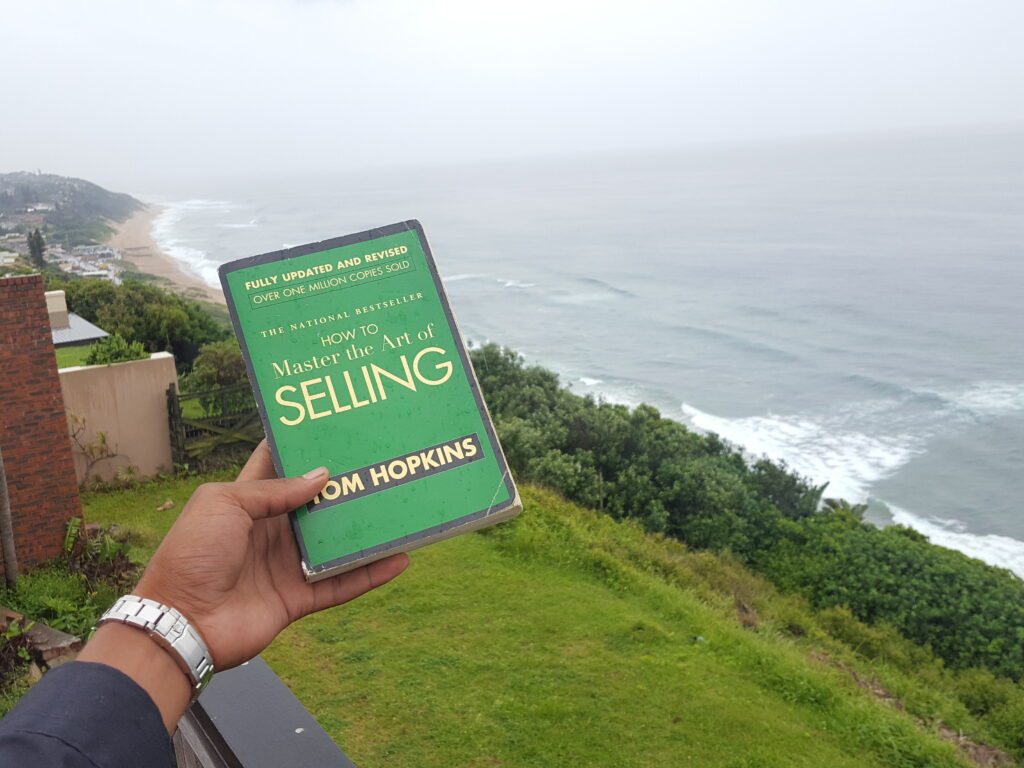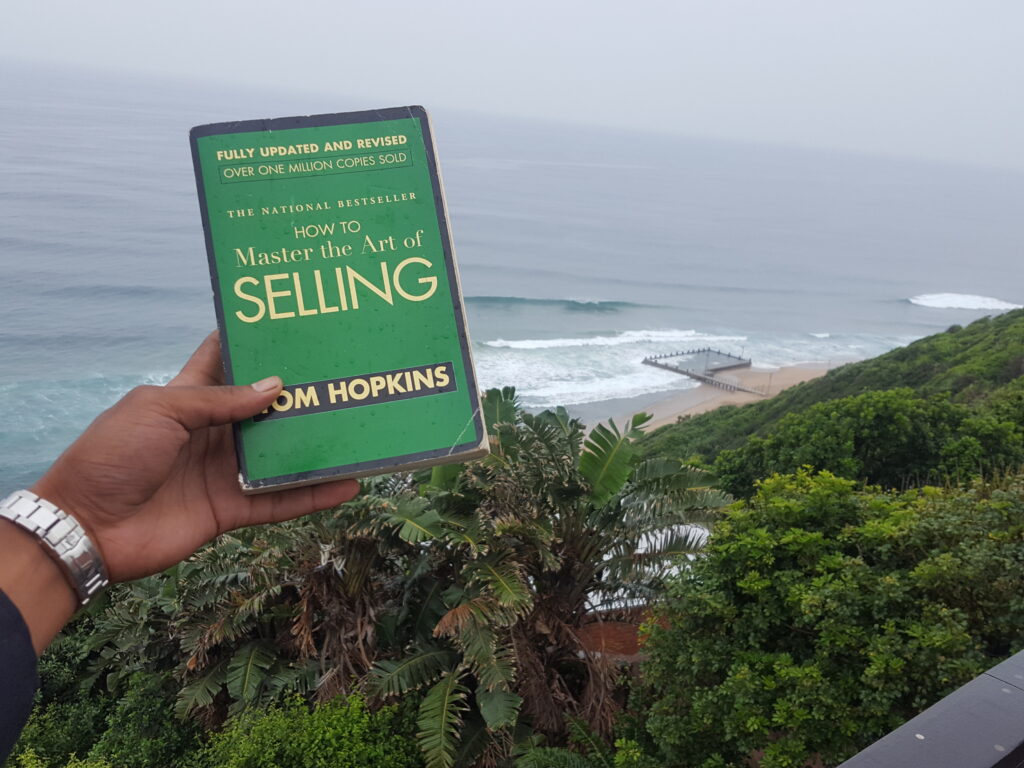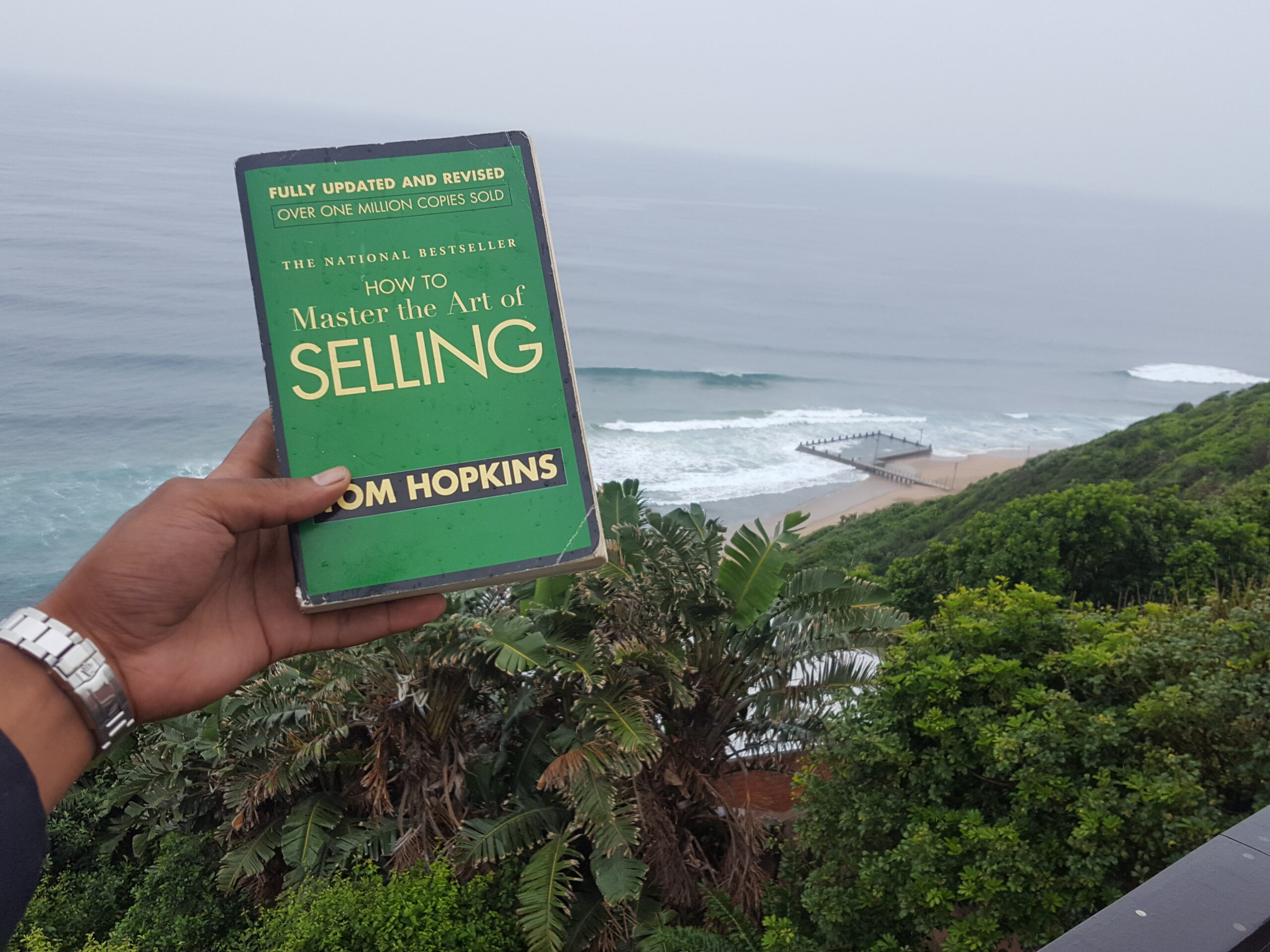
How to Master the Art of Selling by Tom Hopkins
Reading How to Master the Art of Selling by Tom Hopkins in early 2013 was a game-changer for me. The book is packed with practical advice and insights that can help anyone become more effective at sales. It’s not just a guide for salespeople—it’s a blueprint for how to connect with people in a way that feels natural and respectful, leading to better outcomes for everyone involved.
One of the first things that really clicked with me was Hopkins’ advice on making a good first impression. When a promising customer walks through the door, the instinct is to start pitching your products right away. But Hopkins suggests taking a different approach: greet the customer and then step back to let them browse freely. This shift in focus—from pushing products to making the customer feel comfortable—made a lot of sense to me. It’s about creating a relaxed atmosphere where the customer doesn’t feel pressured, which naturally increases the chances of making a sale and building long-term relationships.
Hopkins also emphasizes the importance of qualifying your prospects. He shares a funny story about someone chatting away to a coat rack, which is a light-hearted way to illustrate how easy it is to waste time on people who aren’t really potential buyers. The key takeaway is to identify those who are more likely to buy and tailor your presentation to their specific needs. For instance, if someone is interested in sailing, it’s pointless to try selling them a high-speed motorboat. By focusing on what the customer actually wants, you not only save time but also boost your chances of closing the sale.
An interesting tactic Hopkins discusses is limiting the choices you present to the customer. This might seem counterintuitive, but too many options can overwhelm a customer and make it harder for them to make a decision. For example, if you’re selling cars, instead of showing a customer every model on the lot, you might narrow it down to just two or three options that best fit their needs and budget. Hopkins explains that this approach helps guide the customer towards a decision, making the process smoother and more efficient. By limiting choices, you’re actually helping the customer make a quicker and more confident decision, which often leads to a sale.
The chapter on managing objections and rejection was a real eye-opener. Hopkins offers a fresh perspective by suggesting that you calculate the value of rejection. Instead of seeing a lost sale as a failure, he recommends breaking down your numbers so that every rejection becomes part of your path to success. For example, if you know that out of every ten people you speak to, one will make a purchase, then every “no” you hear is just bringing you closer to that “yes.” This mindset shift was incredibly motivating for me, turning rejection from something negative into something that drives you forward.
Hopkins also provides a structured way to handle objections—listen carefully, restate for clarity, ask questions to dig deeper, respond effectively, and confirm that the customer is satisfied with your answer before moving on in the sales process.
One of the most profound realizations I had while reading this book is how sales is an invaluable skill in life, far beyond just selling a product or service. There comes a time when you need to get your point across, not just to sell an idea but to get people to buy into your vision and who you are as a person. Whether you’re trying to lead a team, negotiate a deal, or simply build relationships, knowing how to persuade and influence others is crucial. It’s really a survival skill. Being able to effectively communicate and get people to see things from your perspective is what allows you to navigate through life successfully. Hopkins’ teachings on building relationships, understanding needs, and providing solutions aren’t just about closing sales—they’re about how to connect with people in a meaningful way, which is essential in any aspect of life.
Overall, How to Master the Art of Selling is more than just a book on sales techniques—it’s a guide to better communication and relationship-building, both in business and in everyday life. Tom Hopkins’ advice has not only improved how I approach sales but also changed the way I interact with people in general. If you’re looking to improve your sales skills or just want to get better at connecting with others, this book is definitely worth a read.

